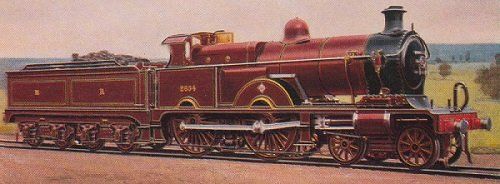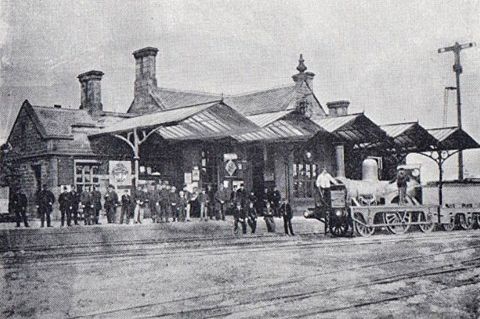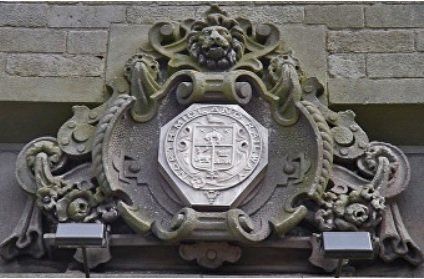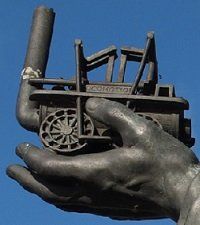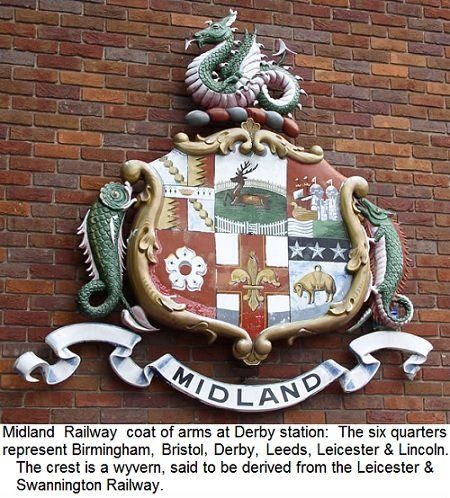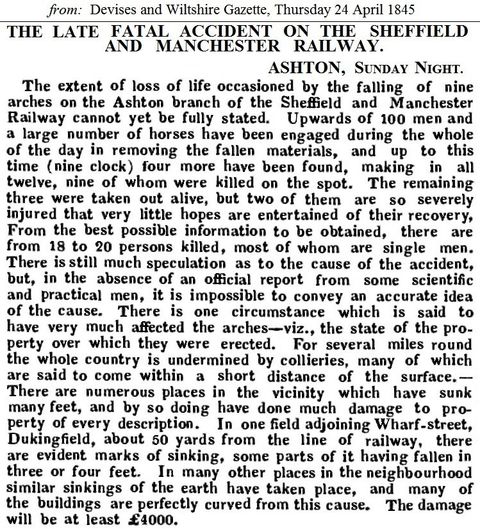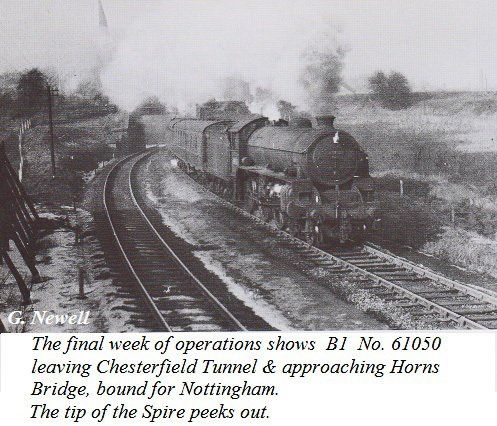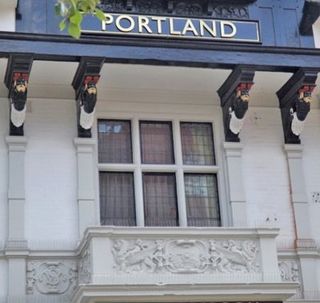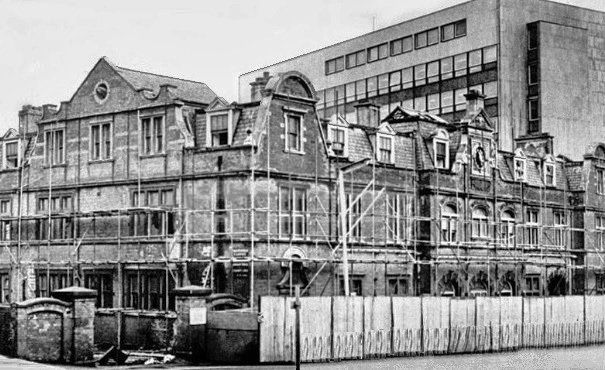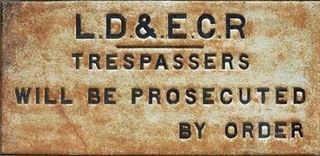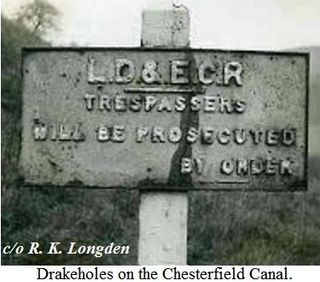An Act for a railway line from Leeds to Derby was passed on the 4th July 1836; & it was to be called the North Midland Railway'. The line was to be quicker & less expensive way of transporting & travelling.
It was Frederick Swanwick, a pupil, assistant, & resident engineer under George Stephenson, who appeared before the House of Lord's Committee, to be questioned about the project: The estimated cost of the railway was £20,000 per mile.
















